Cultural powerhouse: Flores Prats and Duch-Pizá overhaul Casal Balaguer, Palma
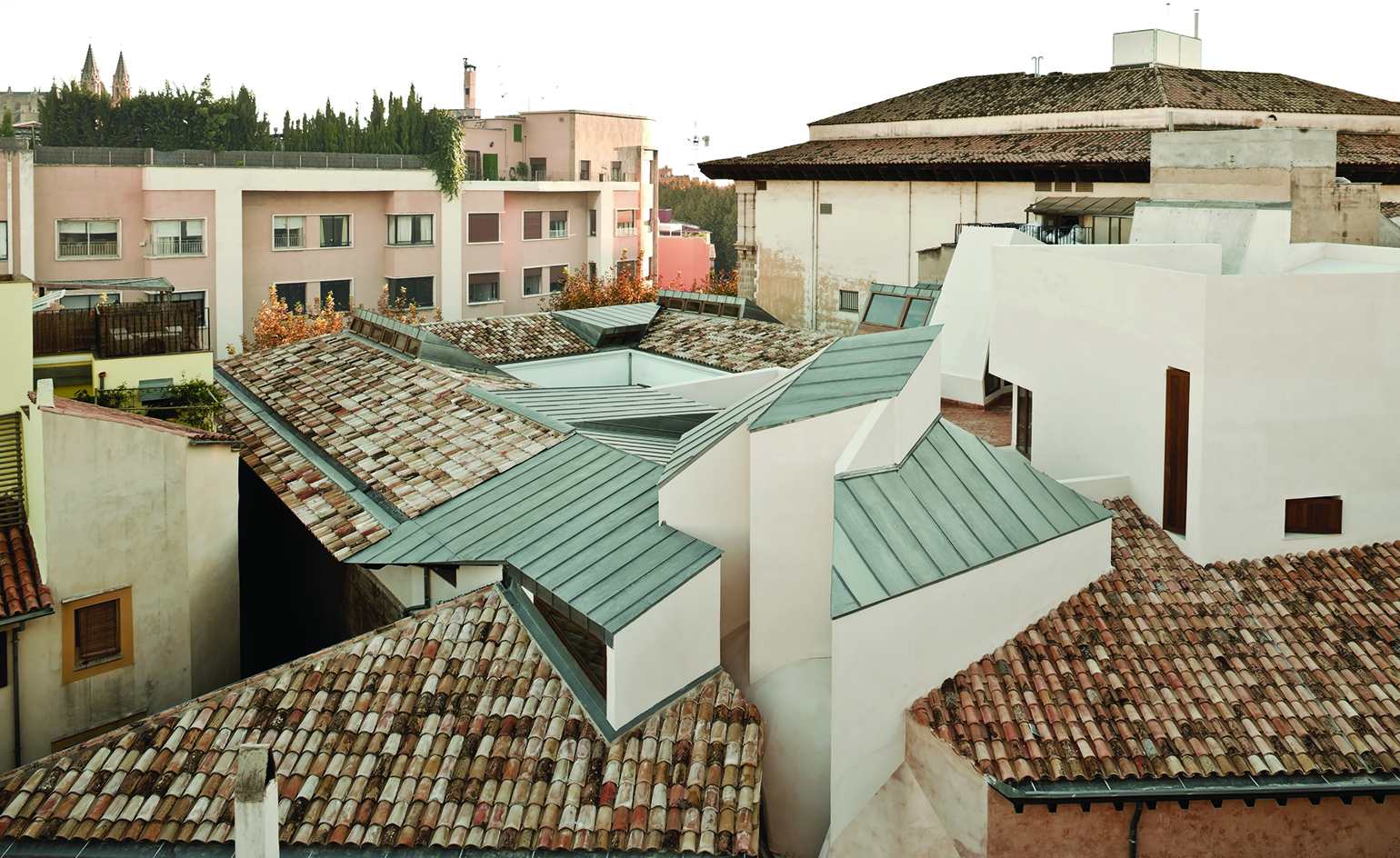
The past is always present and the future, before our eyes. Nowhere is this more true than in the careful refurbishment, completed over two decades, of the Casal Balaguer Cultural Centre, by Barcelona-based Flores Prats Architects with Duch-Pizá.
Set to open at the end of the year, the centre – a grand aristocratic house built in the 14th century, renovated in the 16th and enlarged in the 18th – sits in the historical heart of Palma, capital of the Spanish island of Mallorca.
The architects explicitly sampled the various historical periods in which the building was altered, grafting new onto old. Reinforcing and synthesising the historical character of the architecture with modern geometries, the design touches the entire building, but emphasises 'moments of greater intensity at the intersection of its different phases'. Newly serrated sections of the roofline augment the original terracotta tiling, for example, and irregularly shaped and oriented windows are spliced together with stone arches and thick exposed wooden roof beams.
'We are working with all of the visual culture that we’ve inherited at once, without granting one period priority over another,' says Eva Prats. 'Acknowledging the accumulation of history in an existing building requires discipline, acceptance of the ghost that manifests itself in the building as a physical quality imbued in things by time.'
The centre will host the city’s fine arts association and gallery, a museum devoted to the house itself, a public library and a roof terrace. The architects re-activated unused rooms and redesigned circulation over the building’s complex plan, partly by drawing daylight into the lower levels via 'periscopes' set into the roof. These illuminate each space differently, marking one’s passage through the house.
The design preserved not just the building’s material history, but also a sense of 'mystery' engendered by the organic process of altering it over time. The architects saw it not as a series of rooms but as a constellation of 'chambers that contain time'.

The reworked building was originally a grand aristocratic house built in the 14th century, renovated in the 16th and enlarged in the 18th
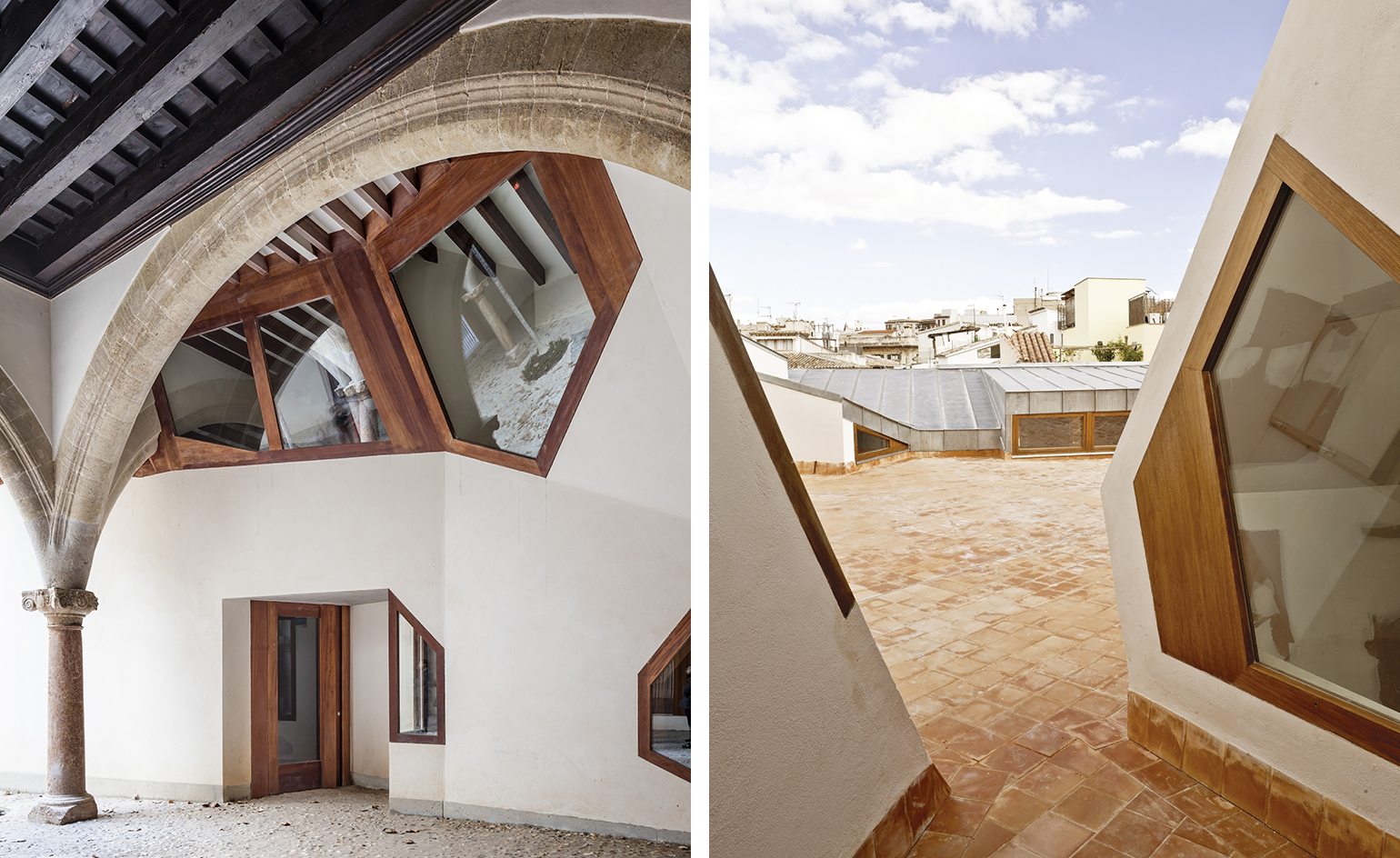
The architects brought plenty of natural light into the building’s interiors by creating ’periscopes’ set into the roof
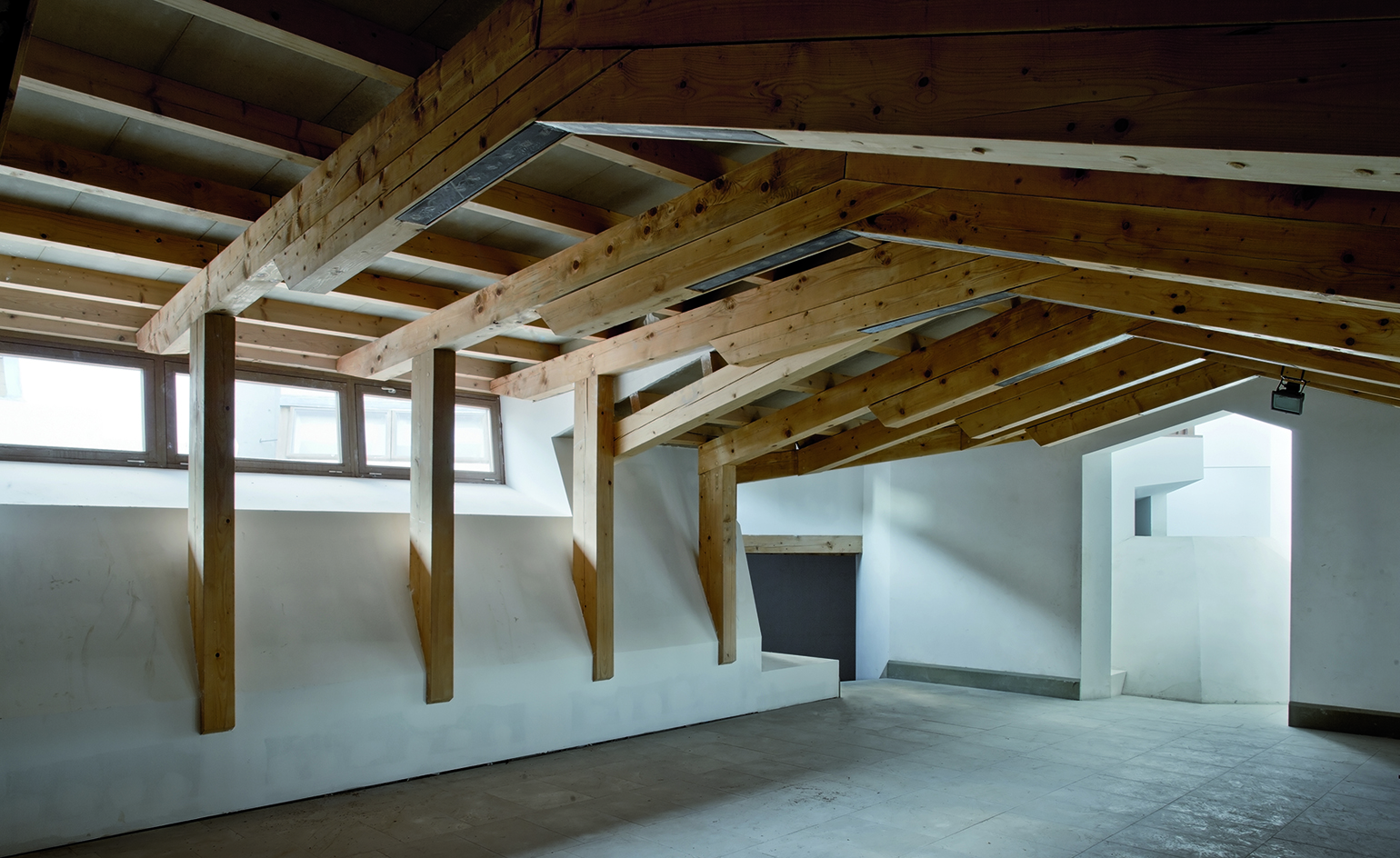
The centre will host the city’s fine arts association and gallery, a museum devoted to the house itself, a public library and a roof terrace
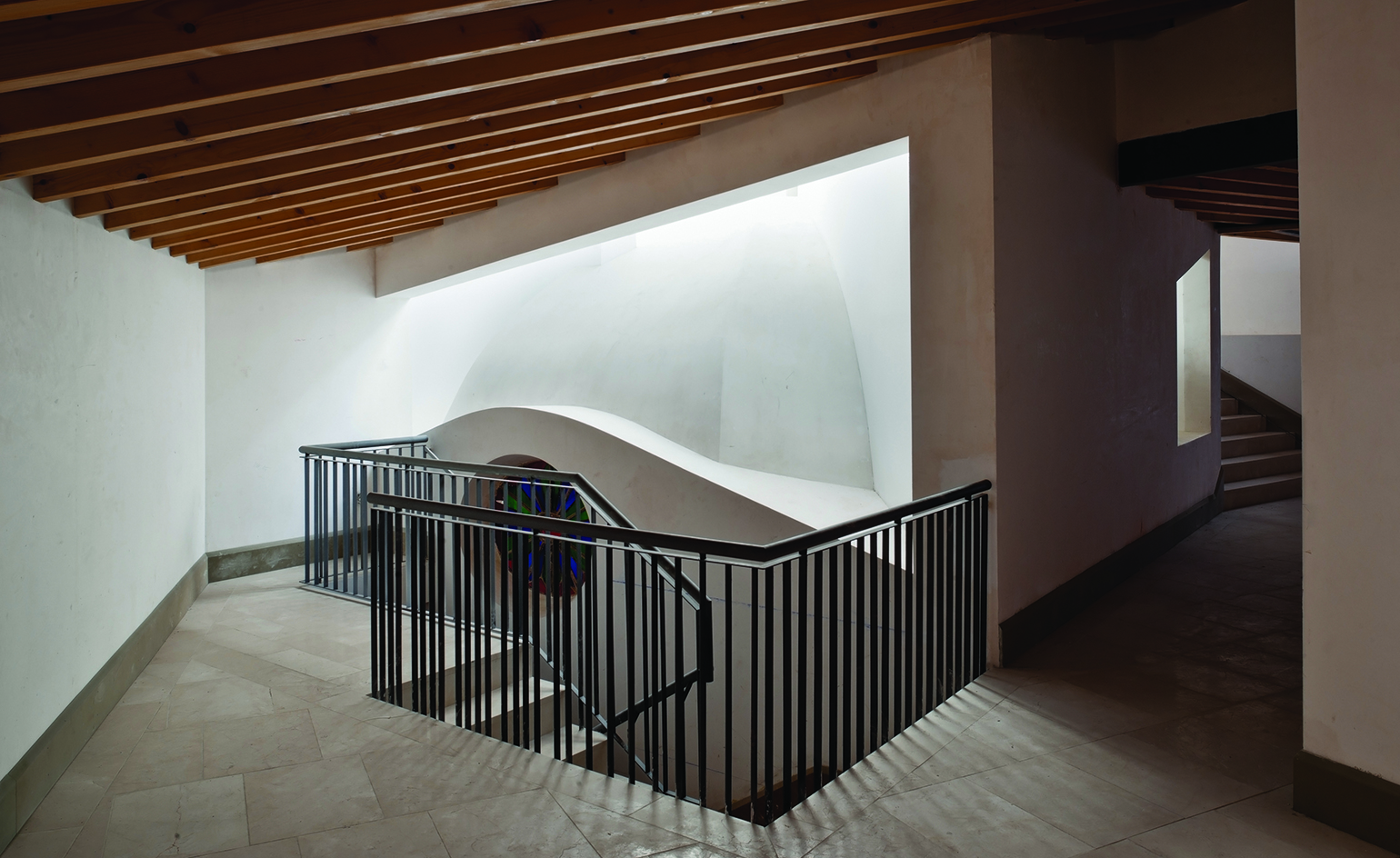
The architects’ redesign re-activated unused rooms and reimagined the building’s circulation
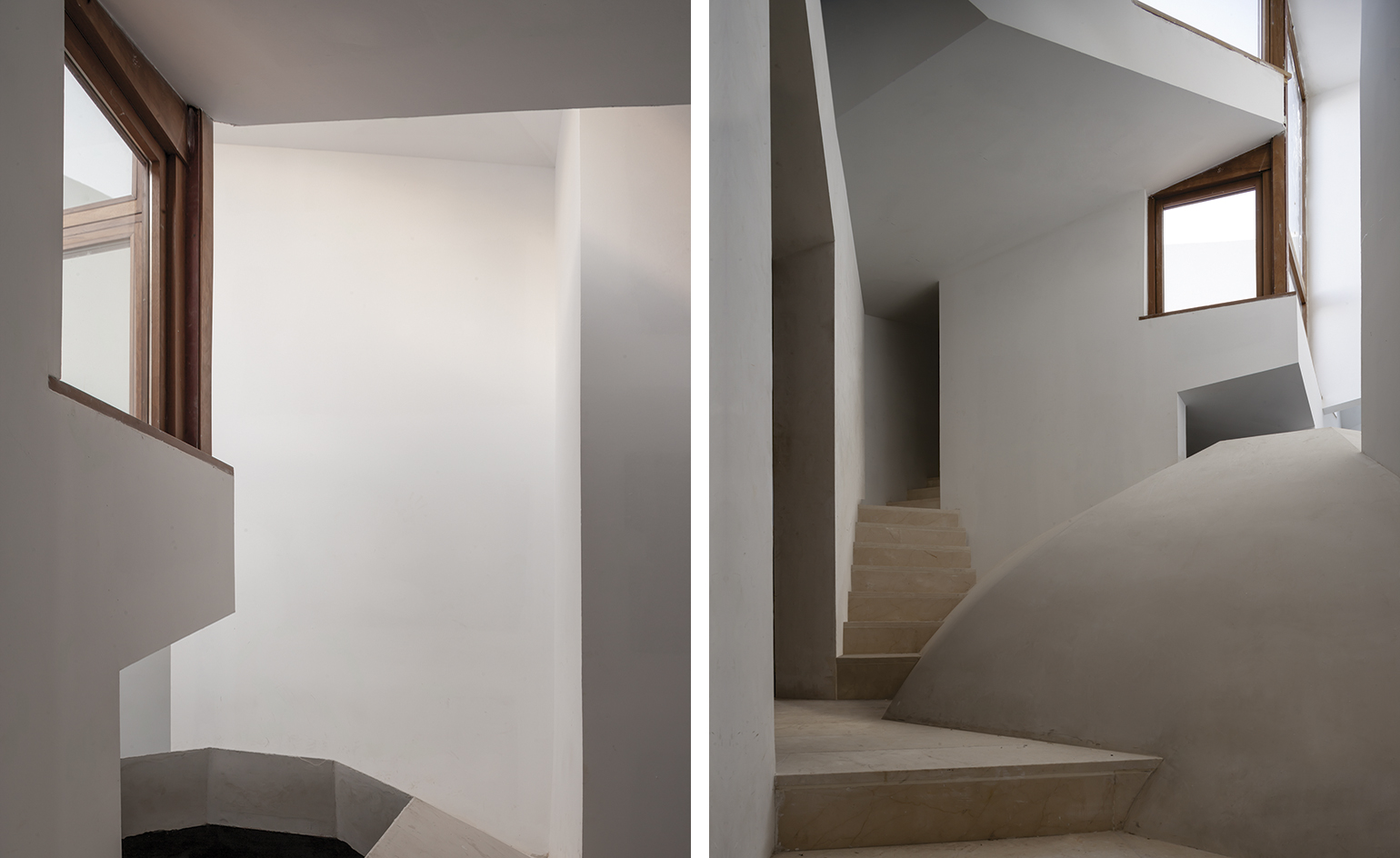
Modern geometries meet traditional building methods and materials in the project
Receive our daily digest of inspiration, escapism and design stories from around the world direct to your inbox.
Shonquis Moreno has served as an editor for Frame, Surface and Dwell magazines and, as a long-time freelancer, contributed to publications that include T The New York Times Style Magazine, Kinfolk, and American Craft. Following years living in New York City and Istanbul, she is currently based in the San Francisco Bay Area.
-
 Usher opens up about breakfast playlists, banana pudding and why a glass tumbler is always on his rider
Usher opens up about breakfast playlists, banana pudding and why a glass tumbler is always on his riderOn the heels of a collaboration with Baccarat, the Grammy-winning singer-songwriter breaks down his entertaining tips. 'Hosting is an expression of how you feel about your guests and also who you are.'
-
 The beauty trends that will define 2026, from ultra-niche fragrances to anti-ageing dental care
The beauty trends that will define 2026, from ultra-niche fragrances to anti-ageing dental careAs we enter the new year, we speak to experts in fragrance, skincare, aesthetics, wellness and more about the trends that will be shaping the way we look
-
 The most stylish hotel debuts of 2025
The most stylish hotel debuts of 2025A Wallpaper* edit of this year’s defining hotel openings. Design-led stays to shape your next escape
-
 In the heart of Basque Country, Bjarke Ingels unveils a striking modular building devoted to culinary research
In the heart of Basque Country, Bjarke Ingels unveils a striking modular building devoted to culinary researchSee what the architect cooked up for the Basque Culinary Center in San Sebastián, Spain
-
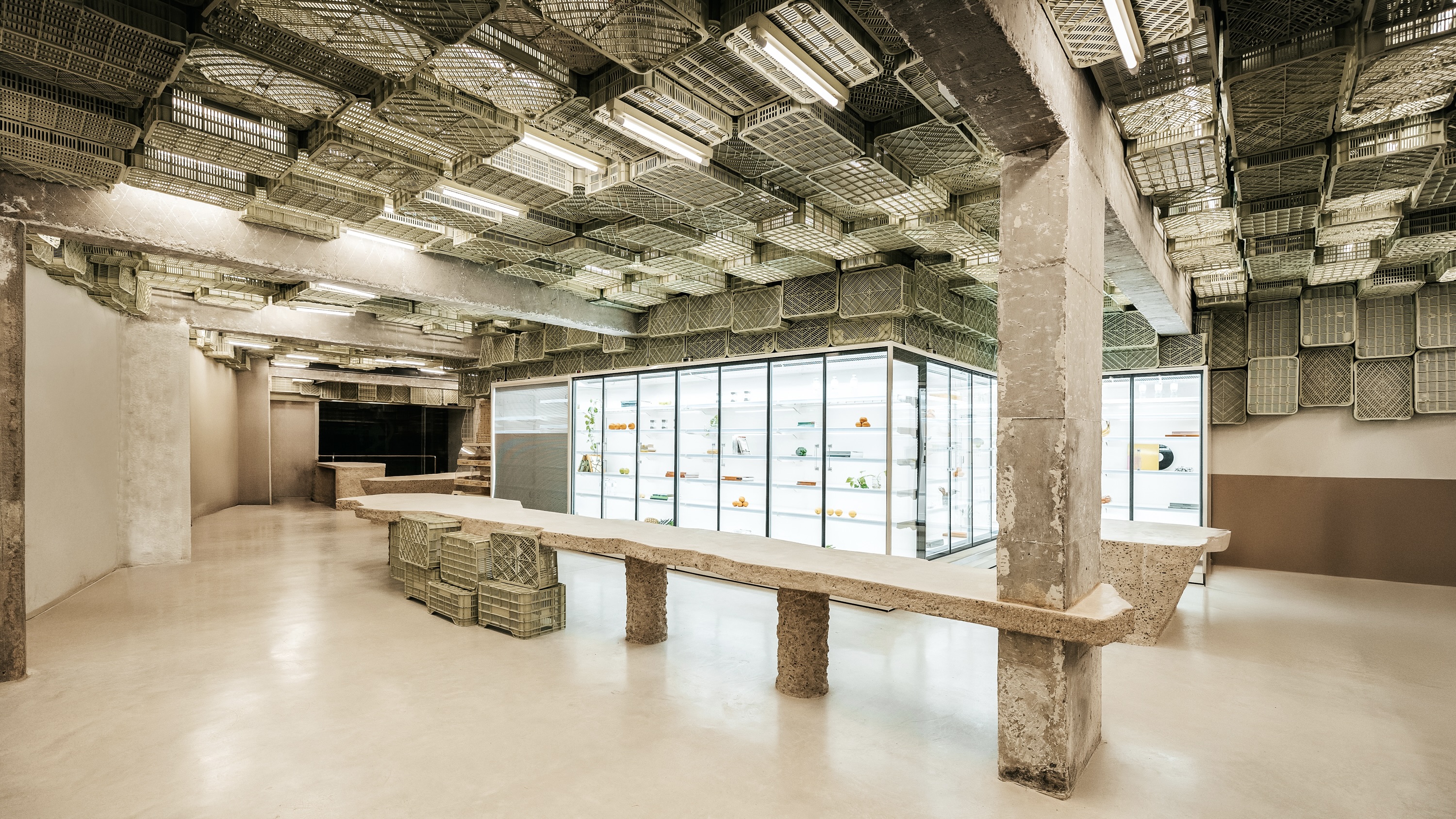 Spice up the weekly shop at Mallorca’s brutalist supermarket
Spice up the weekly shop at Mallorca’s brutalist supermarketIn this brutalist supermarket, through the use of raw concrete, monolithic forms and modular elements, designer Minimal Studio hints at a critique of consumer culture
-
 A Spanish house designed to ‘provide not just shelter, but a tangible, physical experience’
A Spanish house designed to ‘provide not just shelter, but a tangible, physical experience’A Spanish house outside Tarragona creates a tangible framework for the everyday life of a couple working flexibly in the digital world
-
 Meet Ferdinand Fillod, a forgotten pioneer of prefabricated architecture
Meet Ferdinand Fillod, a forgotten pioneer of prefabricated architectureHis clever flat-pack structures were 'a little like Ikea before its time.'
-
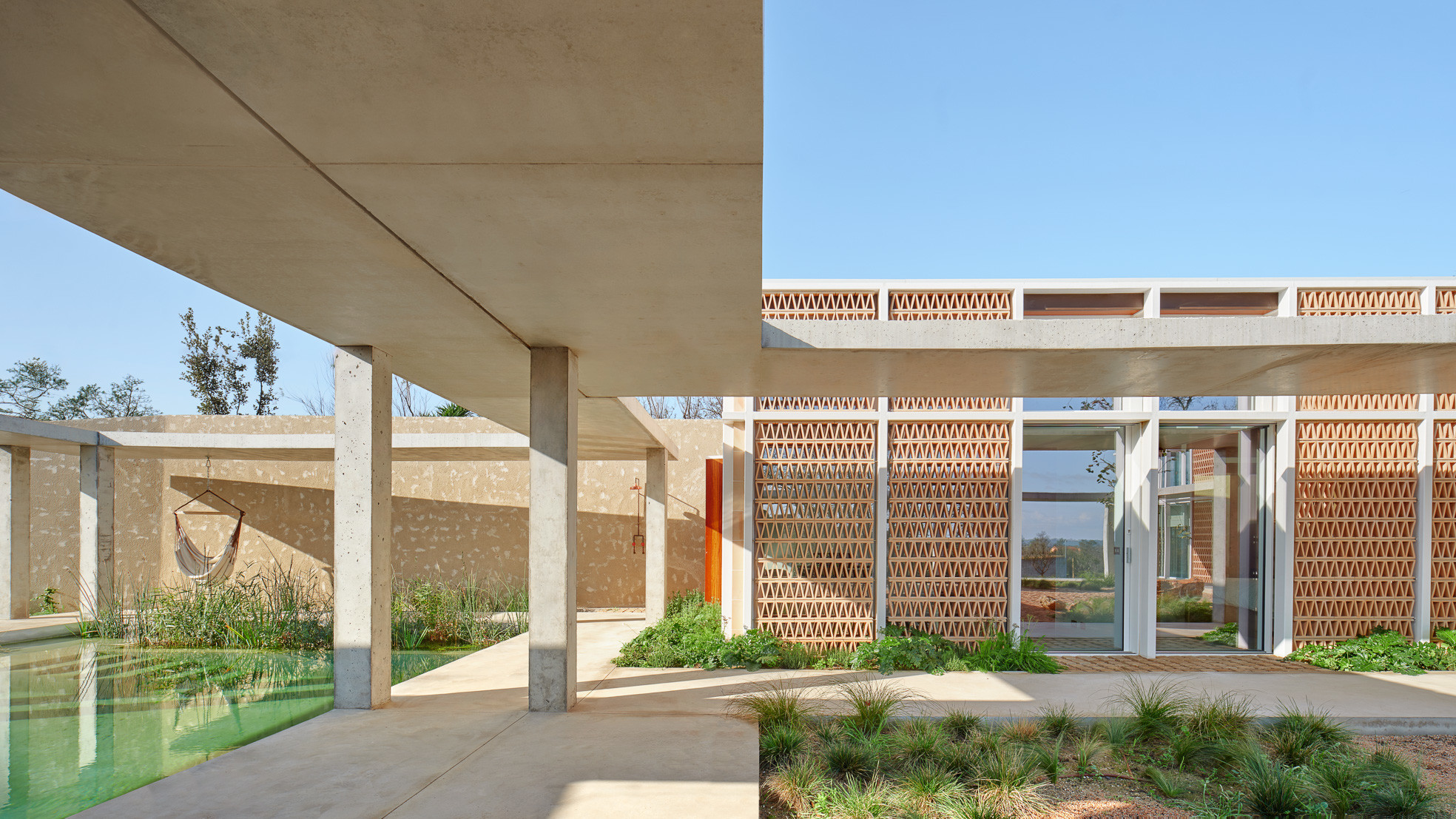 A courtyard house in northern Spain plays with classical influences and modernist forms
A courtyard house in northern Spain plays with classical influences and modernist formsA new courtyard house, Casa Tres Patis by Twobo Arquitectura, is a private complex that combines rich materiality and intriguing spatial alignments
-
 In Santander, a cotton candy-coloured HQ is a contemporary delight
In Santander, a cotton candy-coloured HQ is a contemporary delightSantander’s Colección ES Headquarters, a multifunctional space for art, office work, and hosting, underwent a refurbishment by Carbajo Hermanos, drawing inspiration from both travels and local context
-
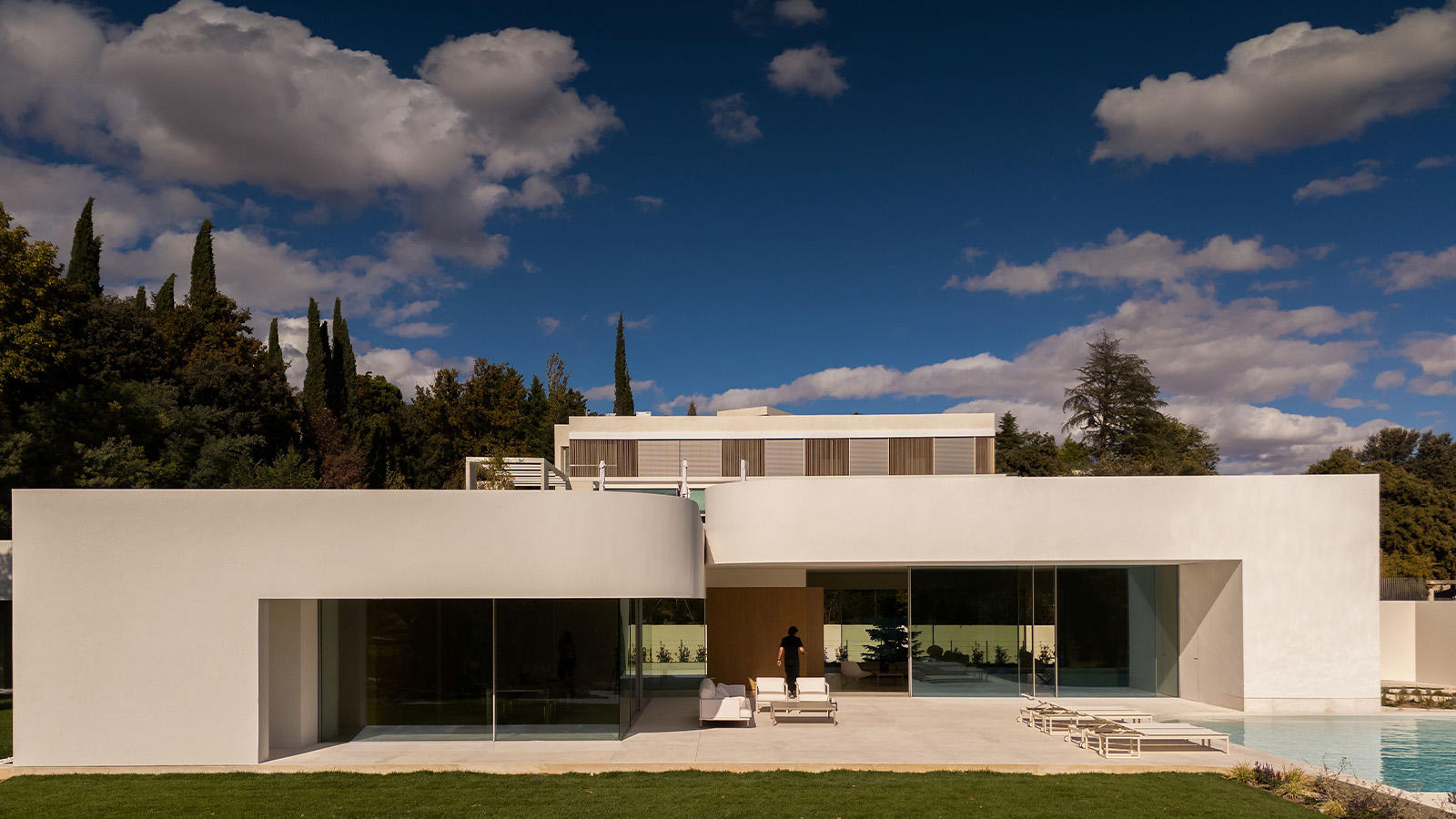 This Madrid villa’s sculptural details add to its serene appeal
This Madrid villa’s sculptural details add to its serene appealVilla 18 by Fran Silvestre Architects, one of a trilogy of new homes in La Moraleja, plays with geometry and curves – take a tour
-
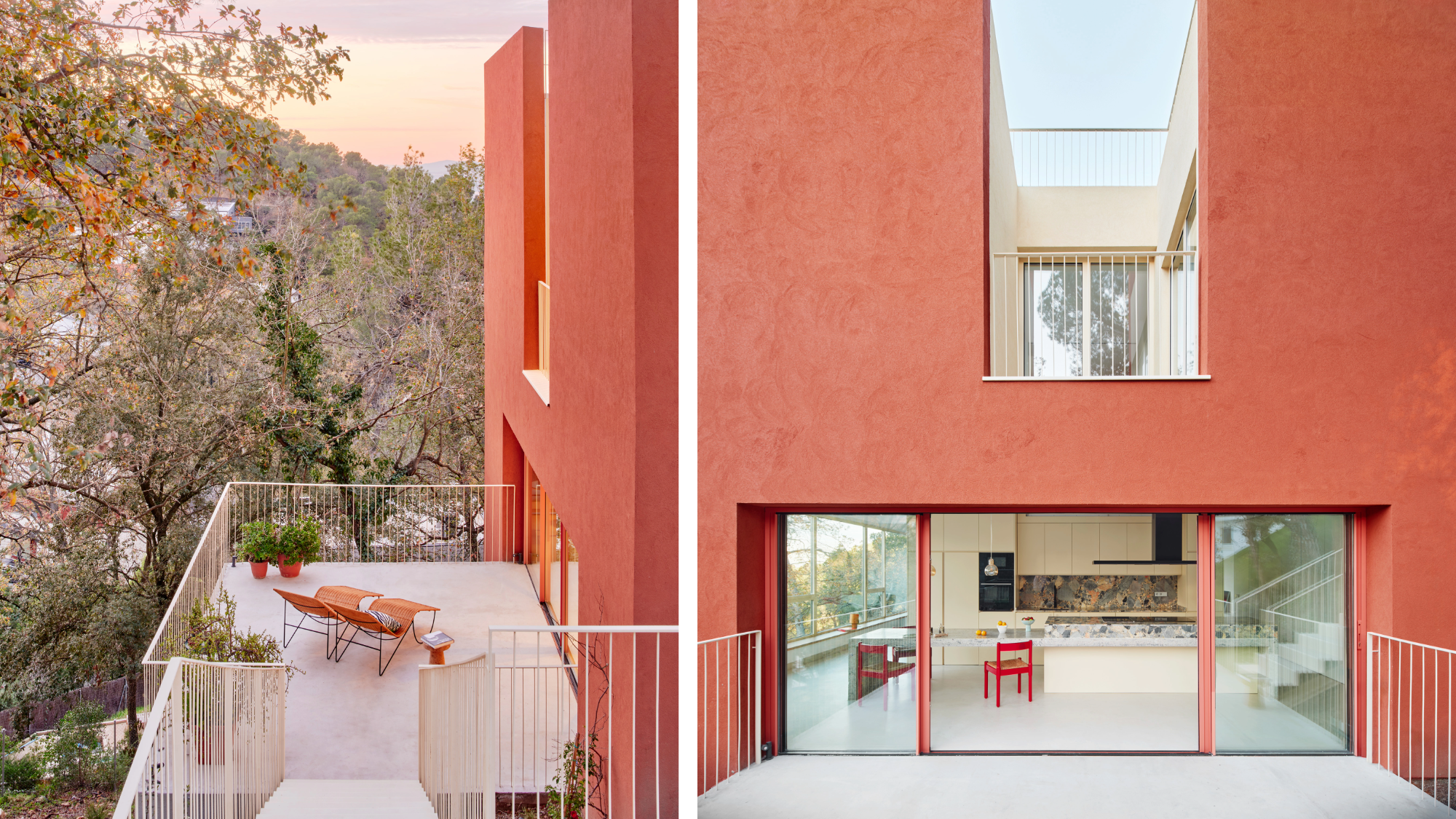 This striking Spanish house makes the most of a tricky plot in a good area
This striking Spanish house makes the most of a tricky plot in a good areaA Spanish house perched on a steep slope in the leafy suburbs of Barcelona, Raúl Sánchez Architects’ Casa Magarola features colourful details, vintage designs and hidden balconies